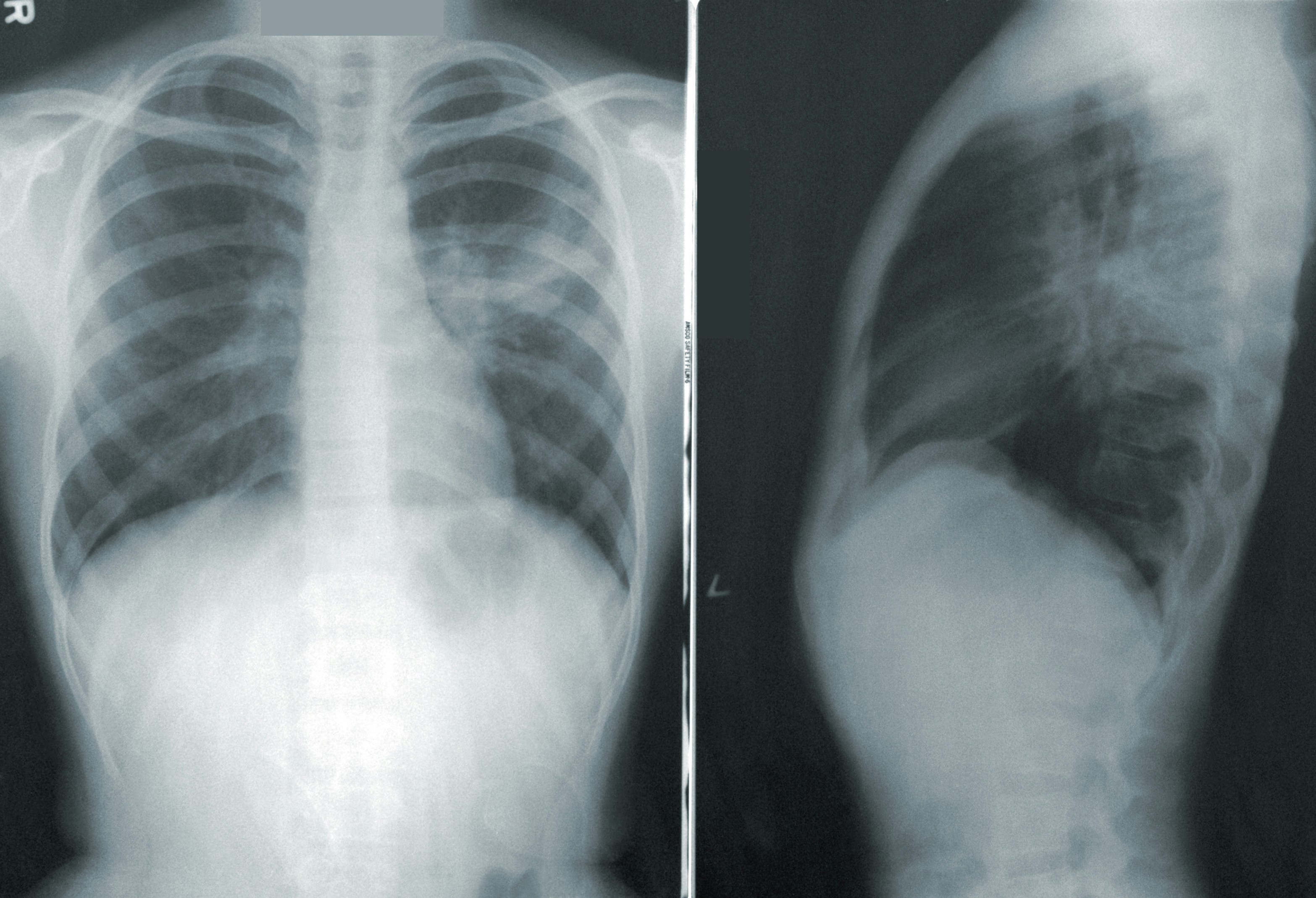V. Goel, W. Cameron, E. Spear, N. Sultana, J. Chan, Y. Chee Cheen, S. Tan, C. Tan, R. Mantey, A. Brown, N. Nerlekar
Background
Mammographically detected breast arterial calcification (BAC) is a risk marker for cardiovascular disease, but not routinely reported. With the advent of artificial intelligence (AI) in medical imaging: automated, quantitative BAC assessment may facilitate seamless integration into clinical workflow and allow personalised risk assessment. We conducted external validation of a novel AI software designed to quantify mammographic BAC.
Methods
We obtained full-field digital mammograms from 285 women. BAC was evaluated as present/absent by two experienced mammographers with discordance adjudicated by third observer. AI algorithm (cmAngio, CureMetrix, USA) produced a quantitative BAC score (scale 0–100) based on area, extent and intensity, internally validated on 17,000 accessions. Agreement measured by kappa-coefficient, and diagnostic performance by area under the curve (AUC). Results A total of 1,232 images were evaluated with excellent interobserver agreement (kappa 0.96, p<0.001). The visual prevalence of BAC was 30% and 55% with AI software. Algorithm performance was excellent (AUC 0.91, 0.87–0.95) compared to human identification (Figure). Discordant cases (algorithm positive, human negative) all demonstrated low BAC scores (<26), which may suggest limitation of human detection for faint BAC. Sensitivity, specificity, positive and negative predictive value was 92%, 61%.
Conclusion
Our results demonstrate high diagnostic performance of rapid AI-based BAC detection software, that additionally provides quantitative scoring and capable of detecting fainter lesions. Automated BAC detection may offer an efficient and superior method than human identification without impacting clinical workflow for radiologists. Further study to assess this impact on cardiac risk prediction is needed.





